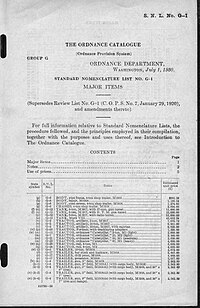G-numbers

Okay, so there's something called g-numbers that a lot of scientists use. These numbers help them understand how things move and how strong they are.
Think of it like this: when you try to move a big rock, you need to use a lot of force or strength to make it move. But if you try to move a small rock, you don't need as much force because it's easier to move.
Scientists use g-numbers to measure how much strength something has or how much force is needed to move it. But they don't use regular numbers like 1, 2, 3, etc. Instead, they use a special kind of number called a "g-force."
A g-force is sort of like a measurement of how strong gravity is. On Earth, gravity is always pulling things down towards the ground at a rate of about 1 g-force. So if you jump up, you feel the force pulling you back down towards the ground.
But if you're in a car that's going really fast and suddenly stops, you'll feel a lot of force pushing you forward. This force is measured in g-forces too. Sometimes people call this feeling "g-forces" or "g's" for short.
So when scientists talk about g-numbers, they're really talking about how much force is needed to move or stop something compared to the force of gravity on Earth. They use this information to understand things like how a rocket launches into space or how a roller coaster is designed to give you a fun ride.
Think of it like this: when you try to move a big rock, you need to use a lot of force or strength to make it move. But if you try to move a small rock, you don't need as much force because it's easier to move.
Scientists use g-numbers to measure how much strength something has or how much force is needed to move it. But they don't use regular numbers like 1, 2, 3, etc. Instead, they use a special kind of number called a "g-force."
A g-force is sort of like a measurement of how strong gravity is. On Earth, gravity is always pulling things down towards the ground at a rate of about 1 g-force. So if you jump up, you feel the force pulling you back down towards the ground.
But if you're in a car that's going really fast and suddenly stops, you'll feel a lot of force pushing you forward. This force is measured in g-forces too. Sometimes people call this feeling "g-forces" or "g's" for short.
So when scientists talk about g-numbers, they're really talking about how much force is needed to move or stop something compared to the force of gravity on Earth. They use this information to understand things like how a rocket launches into space or how a roller coaster is designed to give you a fun ride.
Related topics others have asked about:
